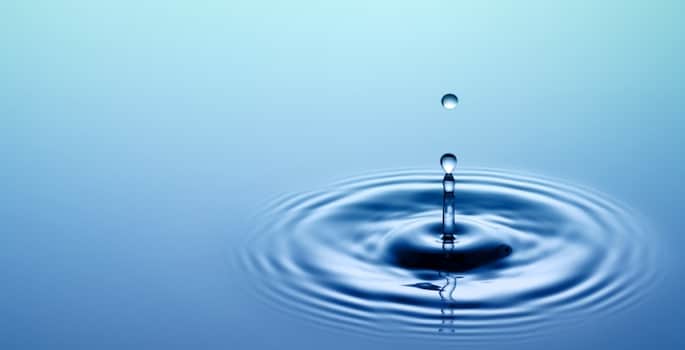Water extraction—the use of clean water to extract cannabinoids, flavonoids, terpenoids, and more—is fast becoming a norm in the cannabis industry. It is considered a green method with reduced risk for chemical contamination. Apart from this, water extraction can be optimized to maximize kinetics and extraction efficiency. [1] This makes it favorable for industrial applications.
Water extraction can be either supercritical or subcritical. The former implies water in supercritical temperatures, and the later implies water at subcritical temperatures.
Subcritical water is pressurized liquid water at a temperature between the atmospheric boiling temperature (100°C) and the supercritical temperature (374°C) and pressure (~218 atm) of water. This decreases the dielectric constant of the water and the hydrogen bonds are weakened. [2] The water is thus maintained in a liquid phase and used as a polar extraction solvent. Subcritical water is suitable for extracting thermal-labile compounds. [3]
Source: Haghighi A and Khajenoori M. Subcritical water extraction. In: Hironori Nakajima, ed. Mass Transfer – Advances in Sustainable Energy and Environment Oriented Numerical Modeling. IntechOpen. 2013. DOI: 10.5772/54993.
SWE is also referred to as pressurized hot water extraction (PHWE). This method is believed to have been discovered by Hawthorne et al [4]. Several studies have been conducted to investigate the efficiency of SWE as a method of extraction.
Conference proceedings from 2019 by the University of Novi Sad in Serbia discussed subcritical water extraction of polyphenols from aerial hemp plants. Different extraction temperatures (120⁰C – 220⁰C) and how they affected flavonoid content and antioxidant activity were explored. On average, the total extraction time was 10 minutes. Phenol content was 1.00 to 2.26 mg gallic acid equivalents/mL, total flavonoids 0.48 to 0.81 mg CE/mL, and antioxidant activity ranging from 0.0006 to 0.0017 ml extract/ml reaction mixture.
Other applications of SWE include antioxidant-rich extracts from Chaga mushrooms and medicinal withanosides from ashwaganda.
SWE presents unique opportunities in botanical extraction. In the spirit of “going green,” this technique warrants further investigation.
Image Source
References
- Awaluddin SA, et al. Subcritical water technology for enhanced extraction of biochemical compounds from Chlorella vulgaris. BioMed Research International. 2016;2016(5816974). Journal Impact Factor: 2.583, Times Cited: 29 (Semantic Scholar)
- Ko MJ, Nam HH, Chung MS. Subcritical water extraction of bioactive compounds from Orostachys japonicus Berger (Crassulaceae). Sci Rep. 2020;10(10890). https://doi.org/10.1038/s41598-020-67508-2. Journal Impact Factor: 3.998, Times Cited: 2 (Semantic Scholar)
- Gbashi S, et al. The effect of temperature and methanol–water mixture on pressurized hot water extraction (PHWE) of anti-HIV analogoues from Bidens pilosa. Chem Cent J. 2016;10(1):37. doi:10.1186/s13065-016-0182-z. Journal Impact Factor: 4.857, Times Cited: 10 (Semantic Scholar)
- Hawthorne SB, Yang Y, Miller DJ. Extraction of organic pollutants from environmental solids with sub- and supercritical water. Anal Chem. 1994;66(18):2912-2920. doi:10.1021/ac00090a019. Journal Impact Factor: 6.785, Times Cited: 381 (Semantic Scholar)











